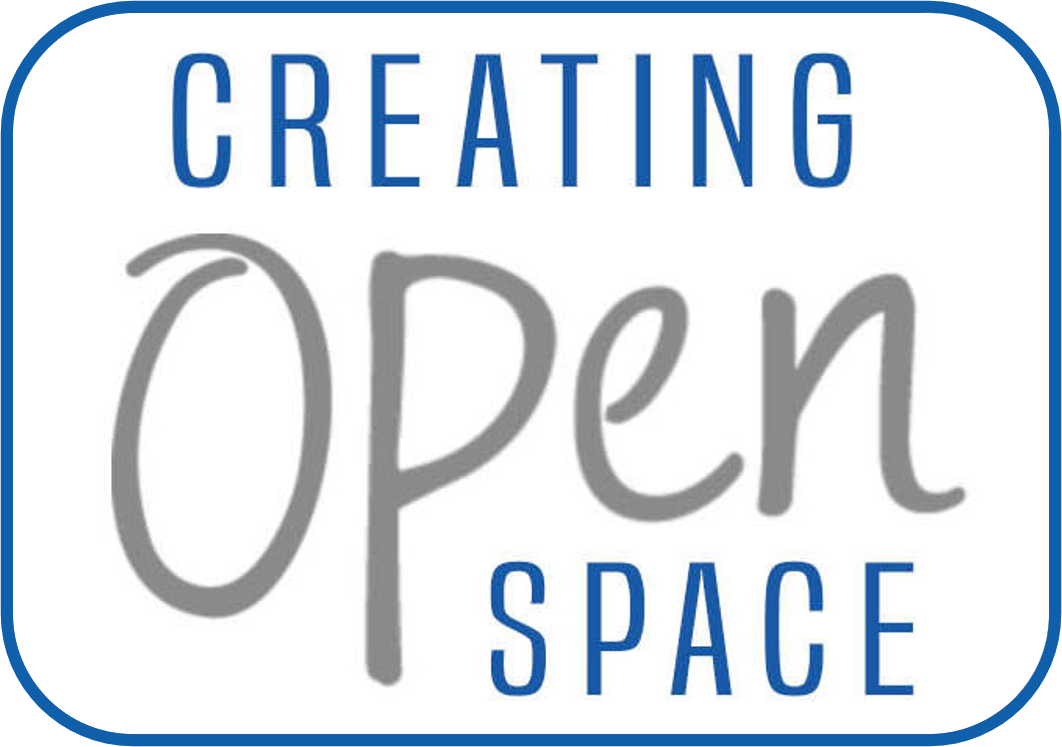The Journey To Becoming A Successful Leader-Coach
Over the past several years, I have helped hundreds of leaders integrate coaching techniques into their existing leadership styles.
Some leaders are inspired by the coaching they have received. Others are eager to meet the expectations of passionate new team members joining their work cadre. Some are drawn to the parallels between coaching and Agile leadership paradigms, while others prefer to coach in the context of customer experience strategies. Other leaders show up ambivalently or even begrudgingly, unimpressed by the introduction of coaching to their company culture.
Regardless of why leaders seek to strengthen their coaching skills, I have noticed a rather consistent pattern to the journey. The steps below represent stages of awareness, with each stage representing a new insight that is pivotal to being a great leader-coach. Leaders, whether at Step 1 or Step 10, can learn a lot by understanding where they are on their journey. Let’s walk through each step.
Step 1: "I’m already coaching, aren't I?"
Step 1 typically represents a naïve misunderstanding of what coaching is. Leaders tend to believe they are coaching whenever they are having performance and/or development conversations with their employees. The struggle at this stage is to embrace unconscious incompetence – that you don’t know what you don’t know. Even experienced coaches sometimes realize that they aren’t really coaching.
Step 2: "Wait, you want me to do what? Why would I do that?"
Step 2 represents nuanced insight into the difference between coaching and solving. At this step, you catch yourself offering advice or making recommendations or requests, and remind yourself that as a coach, your role is to prompt deeper, breakthrough thinking. Step 2 also represents the shift from unconscious incompetence to conscious incompetence — you know what you don't know.
Step 3: "Oh, OK. Maybe that makes sense here and there."
Step 3 represents a deeper understanding of the necessity for others to solve for themselves. At this stage, as an emerging leader-coach, you begin to empathize with team members’ intrinsic resistance to being guided, advised and managed.
Step 4: "What just happened? I didn’t even do anything. Or did I?"
At Step 4, you begin to experience success in your coaching practice, without necessarily understanding what you did or why it worked. The challenge at this step is to make sense of your success, even in retrospect, such that you can shift from conscious incompetence to conscious competence.
Step 5: "I'll solve this."
To use a football analogy, Step 5 often looks like a fumble on the 10-yard line. You coached brilliantly: You asked a few questions that got your coachee thinking differently. You listened deeply, and you even shared a few observations that your coachee is noodling on. You have only a few minutes left until you need to show up for your next meeting, and without thinking, you jump to solving: “So why don’t you...”
The challenge at this step is to acknowledge where you are in the leader-coach process and learn from your misstep.
Step 6. "What do I do now?"
At Step 6, you have expanded your coaching practice into new realms – perhaps to new situations or new people – which all serves as a gentle reminder that you still have a lot to learn. You find yourself humbly back in the domain of conscious incompetence. Even though you understand the basics of coaching, you don’t yet know how to coach through each specific situation.
Step 7: "Stick with coaching. Stick with coaching. Stick with coaching."
Step 7 represents a solid shift to conscious competence. You know what coaching is and what it isn’t. You have made mistakes and learned from them. You have coached a variety of people through a number of different scenarios. You have confidence in the power of coaching. The challenge here is to stick with it!
Step 8: "Stop trying so hard."
Steps 8 and 9 reflect an interesting polarity in coaching: There’s value in not trying, and also value in trying. You experience Step 8 when you find that you are actually working harder than the person being coached. At some point, you stop and ask, “Why am I trying so hard?” The challenge at this step is recognizing when you want something more than your coachee does. Even if the goal was theirs to start with, you can’t want it more than they do.
Step 9: "Try harder."
You experience Step 9 when you realize you have given up on the person you are coaching, on yourself or both. You realize that it’s worth trying a different approach, a different starting point, a different method, etc. At this step, you challenge yourself to do something different.
Step 10: "Oops, I didn’t mean to coach you just then."
Step 10, as you may imagine, represents that elusive space of unconscious competence. You find yourself taking a coaching approach without even intending to do so – with stakeholders, peers, maybe even your boss or partner. The challenge at this step is the greatest of all: to remember that there is so much more to learn.
And So It Begins
Like many things in life, the leader-coach journey is continuous. Like a spiral, each circle extends outward to give us access to greater insights and options for responding. Thus, Step 10 brings us right back to Step 1, an opportunity to think, “I’m already doing that.” With this statement, you create the opportunity to cycle through the 10 steps again, this time focused on a new aspect of your leader-coach journey.
Given the imperative for coaching in today’s organizations and the intuitive connection of coaching to global leadership challenges, I like to think that every leader is somewhere on this journey. Where are you? What’s next for you?
Previously published on Forbes.com: https://www.forbes.com/sites/forbescoachescouncil/2019/02/04/the-journey-to-becoming-a-successful-leader-coach/#737815257132
